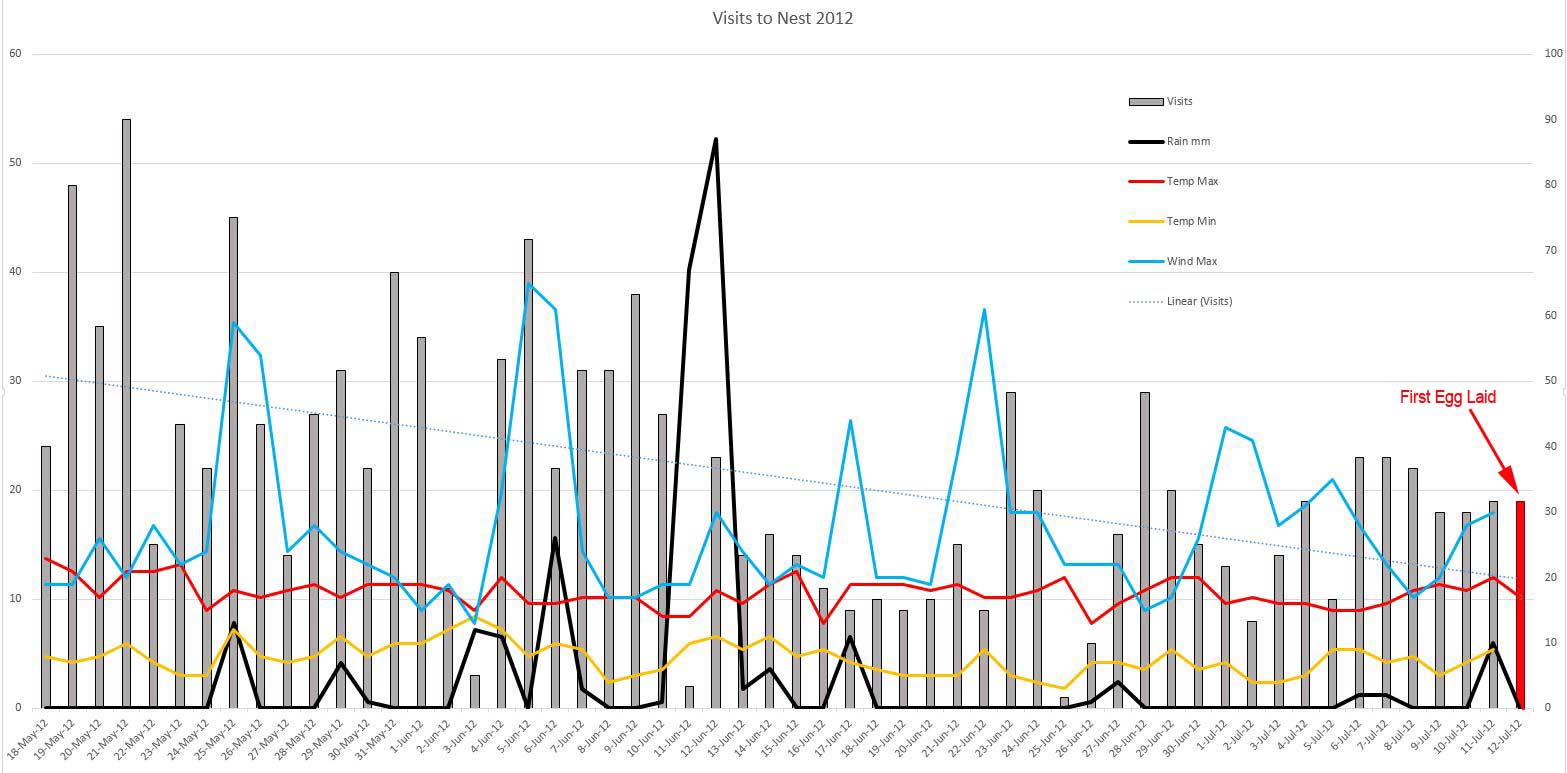

If you manually set your thermostat to Eco Temperatures, or if your thermostat automatically switched to Eco Temperatures when your home was empty, this icon should appear at the beginning of the time your thermostat went into Eco Temperatures.
#Nest datagraph manual#
These represent the temperatures in your schedule and any manual adjustments you made on your thermostat or with the Nest app. Tip: Turn your phone to landscape for a better view.Īt the top are your target temperatures. You can tap or click on multiple days to compare Energy History details and learn how your temperature choices affect your heating or cooling times.

On the right, it shows main reason why your energy usage went up or down (compared to the average of the 7 previous days).įor more information about your energy usage on a particular day, tap that day for an expanded view. On the left of the screen, the Leaf icon appears for the days when you saved energy and earned a Nest Leaf. The number next to the bar is the total time your system was on during the day. To go back to the main Energy History screen, press the thermostat ring. To exit and return to the thermostat temperature screen, hold down the ring. If it was, the thermostat should show you the main contributor, like your manual temperature changes, automatic switching to Eco Temperatures, your thermostat's temperature schedule, or the weather. Turn the ring to scroll down and to find more information, like if your energy use was significantly higher or lower than the average over the last week. Press the thermostat’s ring to learn more details about a particular day. Note: Since your thermostat needs time to learn about how you use energy, it usually takes at least a day after installation for Energy History information to appear. You can review as far back as 10 days ago.

An orange bar represents heating and a blue one represents cooling.When you select History, a simple graphic that shows how long your heating or cooling ran for the day. If you’re using a Nest Thermostat E, your Energy History should be in the Settings History.To review your Energy History, in the Nest thermostat's Quick View menu, select History.If you set your heating Eco Temperature too high or your cooling Eco Temperature too low to make an impact on your energy savings, you may find an alert in your Home Report. Note: Energy-efficient Eco Temperatures can help save energy when you set them lower (for heating) and higher (for cooling) than your comfort temperatures. You may also get notifications here if your adjustments in temperature caused a change in your average energy usage. You can check how long you saved energy when you enable Home & Away. InsightsĬards notify you if weather changes affect your energy usage. For more ways to save, refer to the Explaining Nest thermostat savings article. The Leaf icon appears for the days when you saved energy and earned a Nest Leaf.Īfter some time, your Energy Dashboard should display insights under your dashboard chart to help you save energy. When you tap on one of the days on the chart, the number next to the bar is the total time your system was on during that time frame. The bars show when your system was heating or cooling. The following are the icons found in your Energy History and what each one means: To return to the current time, press Quick jump. To review other time ranges, tap Back or Forward. Energy History detailsĪt the bottom of the screen, you can learn more about Leafs earned, total Heat and Cool time, energy Rush hours, and compare use times between weeks or months. Note: Since your thermostat needs time to learn about how you use energy, it usually takes at least a day after installation for Energy History information to appear. Tap on one of the data bars to learn more details about your heating or cooling usage.Cool mode or if you recently switched between modes, both orange and blue bars should appear.Orange bars represent heating while blue ones represent cooling.The chart shows you how long your heating or cooling ran during the time period you’ve selected.


 0 kommentar(er)
0 kommentar(er)
